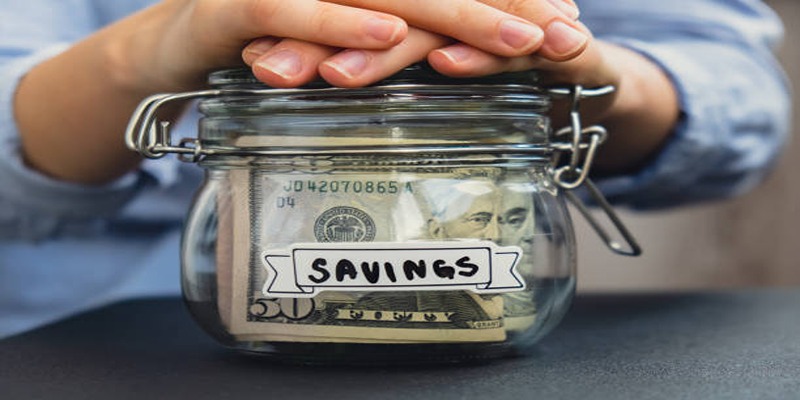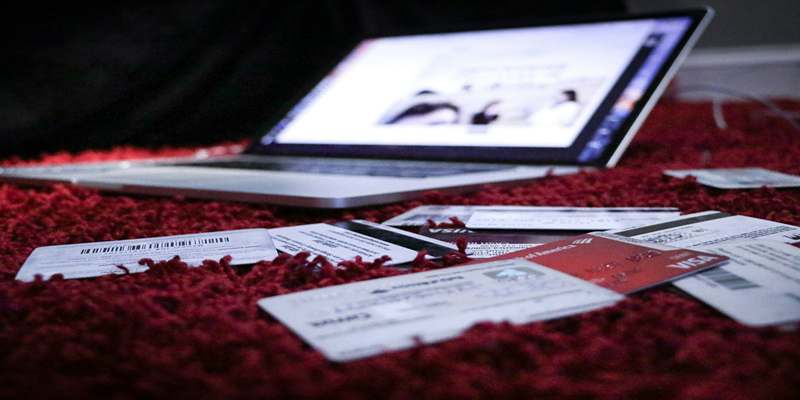How Much Money Should You Keep in Your Savings Account?
Having a savings account is important for financial security and peace of mind. It’s where you set aside money for emergencies, future goals, or unexpected expenses. But how much money should you keep in your savings? The answer depends on your personal situation, income, and financial goals. Finding the right balance is key—too little might leave you unprepared for surprises, while too much could mean missed opportunities for growth. Let’s explore the factors to consider.
Factors to Consider

When determining how much money to keep in your savings account, there are a few factors you should consider:
1. Income and Expenses
How much you earn and spend enables you to determine your possible savings contribution to your account. Stable income combined with low monthly expenses enables people to set more money aside for savings each month. Your ability to save contributes directly with how much money remains in your savings account since stability in earnings combined with minimal monthly costs leads to increased savings potential. When saving it becomes necessary to dedicate specific funds from your income toward developing savings over multiple months.
2. Emergency Fund
Emergency preparedness requires the establishment of a savings account as mentioned previously. To create an emergency fund according to expert advice you need to save enough money to cover your everyday expenses for a period of 3-6 months. You must save between $9,000 and $18,000 in your savings account to cover emergencies because your monthly expenses amount to $3,000.
3. Financial Goals
Your financial goals also play a role in determining how much money you should keep in your savings account. If you have short-term goals such as saving for a vacation or a new car, you may need to keep more money in your savings account. On the other hand, if you have long-term goals like retirement planning or purchasing a house, you may want to consider investing some of your savings for potential growth.
4. Risk Tolerance
Another factor to consider is your risk tolerance. If you have a low tolerance for risk, you may feel more comfortable keeping a larger amount of money in your savings account as opposed to investing it in the stock market or other investments. Keep in mind that while savings accounts offer low risk, they also offer lower returns compared to investments.
The General Rule of Thumb
The general rule of thumb for savings is to aim for a balance that covers at least three to six months of essential expenses. This ensures that you have a financial cushion in case of emergencies like job loss, unexpected medical bills, or major home repairs. However, your specific situation may require adjustments to this guideline.
For example, if you have dependents, a higher level of savings can provide added security. Alternatively, if you have access to other safety nets, such as a partner's income or insurance, you might feel comfortable with a smaller emergency fund.
Types of Savings
It’s also important to consider the type of savings account you have when determining how much money to keep in it. Some common types of savings accounts include:
1. Traditional Savings Account
This is a basic savings account offered by banks, credit unions, and online financial institutions.
2. High-Yield Savings Account
High-yield savings accounts offer higher interest rates compared to traditional savings accounts. However, they often require maintaining a minimum balance and may have certain restrictions or fees attached.
3. Money Market Accounts (MMAs)
MMAs are another type of savings account that offers higher interest rates than traditional savings accounts. They also often come with check-writing capabilities and debit card access, making them more flexible. However, MMAs may require a higher minimum balance and have monthly maintenance fees.
Tips to Build Savings
If you’re struggling to build your savings, here are a few tips that can help:
1. Create a Budget
Creating and sticking to a budget is essential for managing your finances and building your savings. It allows you to see where your money is going and identify areas where you can cut back on expenses.
2. Cut Back on Non-Essential Expenses
Review your monthly expenses and look for non-essential items or services that you can cut back on. This can help free up some extra money that you can put towards your savings.
3. Consider Other Income Sources
If you have the time and skills, consider taking on a side hustle or freelance work to supplement your income. This can provide additional funds to boost your savings.
How Much is Too Much?

While having a healthy amount of money in your savings account is important, having too much may not be the most efficient use of your funds. If you find that you have more than enough emergency savings and are meeting your financial goals, it may be time to consider other options for your money. This could include investing in stocks, real estate, or starting a retirement fund. Consulting with a financial advisor can help you determine the best course of action for your specific situation.
Conclusion
The amount of money you should keep in your savings account depends on various factors such as income, expenses, financial goals, and risk tolerance. It’s important to regularly review and adjust your savings plan based on changes in your life. By following these guidelines and tips, you can build a solid savings account that provides financial security and helps you achieve your financial goals.












